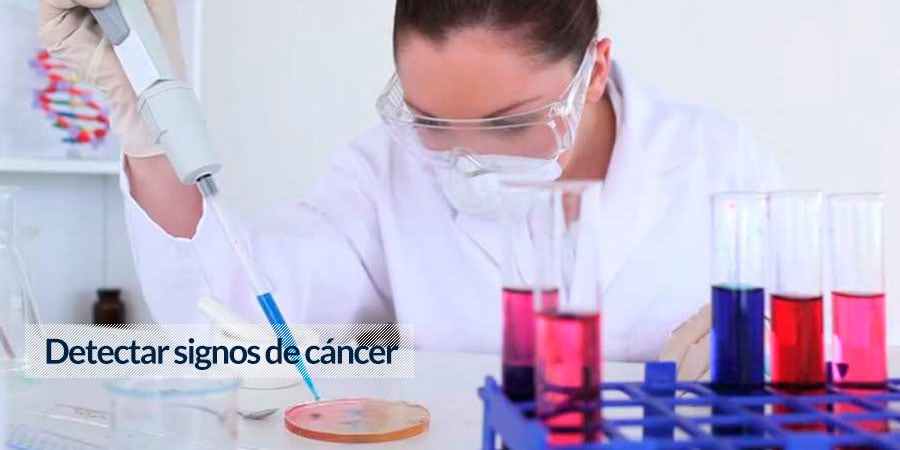
Scientists say signs of cancer can be detected decades before diagnosis.
The first signs of cancer can appear years, or even decades, before diagnosis, according to a group of nearly 1,300 researchers from 37 different countries. This important finding raises hopes for new tests that could help detect the disease much earlier.
One of the largest international studies on the causes of cancer has found that the genetic mutations that cause cancer begin to occur long before other signs emerge or the disease becomes clinically visible.
The researchers believe that their findings could open the door to faster and more effective methods of diagnosing and treating cancer.
Dr. Lincoln Stein, from the Ontario Cancer Research Institute in Canada, who was also involved in the research, said: “With the knowledge, we have gained about the origins and evolution of tumors, not only can new tools be developed and therapies to detect cancer earlier, but also that more targeted therapies could be developed and patients treated more successfully «.
Clemency Jolly, from the Francis Crick Institute and one of the researchers involved in the research, said: “What is extraordinary is how some of the genetic changes appear to have occurred many years before diagnosis, long before any other signs that cancer may develop, and perhaps even in the apparently normal tissue «.
An international team of researchers, including experts from the UK, analyzed the genetic material, or genome, of the tumors. Their work, as part of the global Pan-Cancer Analysis of Whole Genomes project, involved the creation of the most comprehensive map of whole cancer genomes to date.
The team analyzed and sequenced almost 2,700 complete genomes from cancer samples and mapped mutations in 38 different types of tumors. While human cells undergo billions of mutations, only a small number of them, called driver mutations, lead to cancer.
The researchers looked at how many times a single driver change, or mutation, had been replicated and copied across the chromosomes. Using what they describe as a “carbon dating method,” they were able to determine the order in which the mutations occurred and the relative time between them.
The team found that these mutations occurred “particularly early” in ovarian cancer, as well as in two types of brain tumors, glioblastoma, and medulloblastoma.
Dr. Peter Van Loo, from the Francis Crick Institute and one of the researchers involved in the Pan-Cancer project, said: “We have developed the first timelines of genetic mutations across the spectrum of cancer types.
“For more than 30 cancers, we now know which specific genetic changes are likely to occur and when they are likely to occur.” “Unlocking these patterns means that it should now be possible to develop new diagnostic tests, which detect signs of cancer much earlier.”
The comprehensive analysis is detailed in six papers published in Nature and is part of a larger collection of 22 papers published in other Nature Research journals.
Professor Peter Johnson, NHS National Clinical Director for Cancer, said: “Detecting cancer as early as possible remains the best chance of surviving the disease and an important goal for the NHS as we deliver our long-term plan.
“Finding ways to turn research like this into tests we can use in the clinic could revolutionize when and how we diagnose cancer in the future.”

![[:es]Vacuna protección contra cáncer de cuello uterino[:]](https://drlucasminig.com/en/wp-content/uploads/vacuna-1-dosis-contra-vph-proteccion-cancer-cuello-uterino.jpg)
![[:es]Telemedicina Médico remoto en España NOTICIA[:]](https://drlucasminig.com/en/wp-content/uploads/telemedicina-medico-remoto-doctor-espana-lucas-minig.jpg)
![[:es]La quimioterapia hipertérmica intraperitoneal (HIPEC), no es útil en mujeres con cáncer de ovario[:]](https://drlucasminig.com/en/wp-content/uploads/quimioterapia-hipertermica-intraperitoneal-no-util-cancer-de-ovario.jpg)
![[:es]Vacuna Contra VPH reduce cáncer de útero[:]](https://drlucasminig.com/en/wp-content/uploads/vacuna-contra-vph-noticias-dr-lucasminig.jpg)
